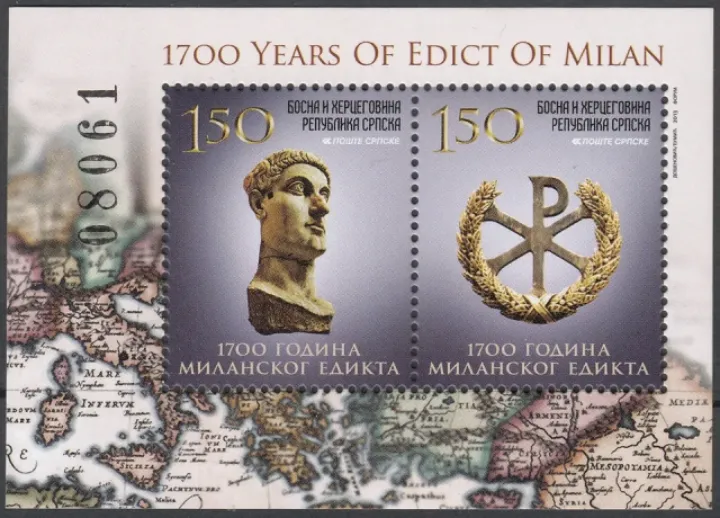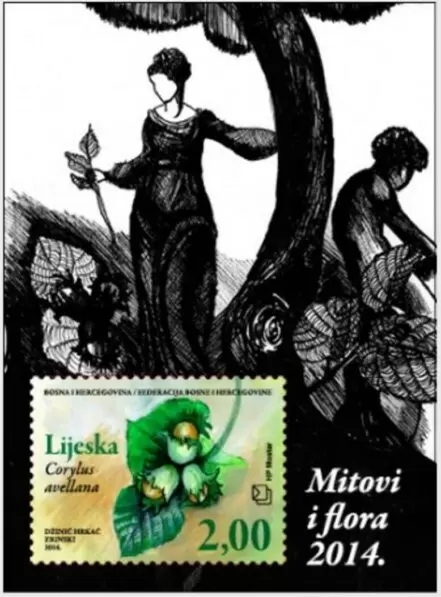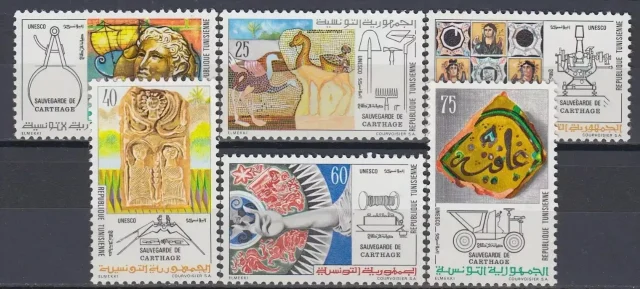Bosnia year 2013 Anniversary of the Edict of Milan MNH
The Edict of Milan, issued in February 313 AD, was indeed a pivotal agreement in Roman history. It aimed to treat Christians benevolently within the empire. Constantine I, the Western Roman Emperor, and Licinius, who controlled the Balkans, convened in Mediolanum (modern-day Milan) to alter policies towards Christians. This followed Emperor Galerius’s edict of toleration issued two years earlier in Serdica.
The edict granted Christianity legal status and provided relief from persecution but did not establish it as the state church, a distinction that would come later with the Edict of Thessalonica in 380 AD.
The accounts of the edict are found in works by Lactantius and Eusebius of Caesarea, although they differ in some details. Scholars generally agree on the basic principles of the edict, despite debates about its formal existence.
The background to the edict involves a complex interplay of religious dynamics within the Roman Empire. Romans viewed themselves as deeply religious, with a pantheon of deities, but the monotheistic stance of Christianity posed challenges to the Roman religious system. Persecutions of Christians had been sporadic, with periods of tolerance interspersed with harsh restrictions.
The Edict of Milan was a response to these dynamics, granting Christians and other religions the freedom to worship without fear of persecution. While Licinius, a pagan, played a significant role in its formulation, Constantine’s support for Christianity extended beyond mere tolerance to active promotion.
The significance of the Edict of Milan lies not only in its immediate impact on religious freedom but also in its broader implications for the development of Christianity within the Roman Empire.












Reviews
There are no reviews yet.